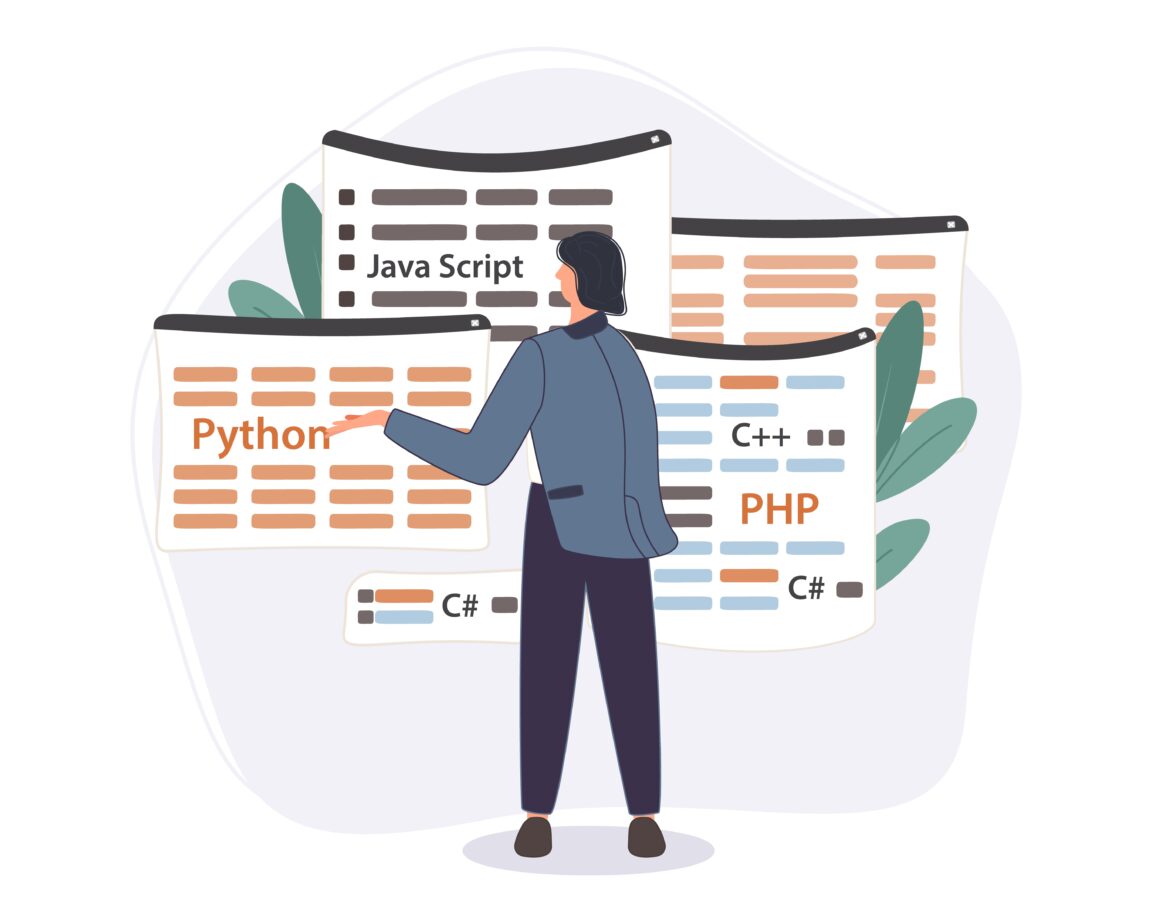PHP has long been a dominant language for web development, and its frameworks play a crucial role in simplifying and accelerating the process of building robust web applications. With a plethora of options available, choosing the right PHP framework can be daunting. Let’s delve into an analysis of some of the best PHP frameworks that are shaping the development landscape today.
1. Laravel: Redefining PHP Development
Laravel stands out as one of the most popular PHP web app frameworks. Known for its elegant syntax and developer-friendly features, it simplifies complex tasks like routing, authentication, and caching. Its powerful ORM (Object-Relational Mapping) called Eloquent makes database interaction a breeze. Laravel’s ecosystem offers numerous packages, facilitating integration with third-party services and enabling rapid application development.
2. Symfony: A Mature and Flexible Framework
As a robust and highly customizable PHP framework, Symfony provides a set of reusable components along with a full-stack framework for building web applications. Its modularity allows developers to use individual components independently, making it a preferred choice for projects of varying scales and complexities. Symfony’s strong community support and extensive documentation contribute to its popularity among developers.
3. CodeIgniter: Lightweight and High Performance
CodeIgniter remains a go-to option for developers seeking a lightweight yet powerful PHP framework. Its small footprint and straightforward configuration make it ideal for developing small to medium-sized applications. CodeIgniter’s exceptional performance, coupled with its simple and clear documentation, attract developers aiming for rapid development without compromising on speed.
4. Yii: High-Performance, Secure, and Efficient
Yii (pronounced as “Yee”) is a high-performance PHP framework suitable for developing large-scale applications. Renowned for its security features and efficiency, Yii incorporates caching support, which significantly improves the speed of web applications. Its robust extension library enables developers to add functionalities seamlessly, contributing to accelerated development cycles.
5. CakePHP: Emphasizing Simplicity and Rapid Development
CakePHP emphasizes convention over configuration, streamlining the development process by reducing the need for boilerplate code. Its scaffolding system facilitates quick prototyping and building of CRUD (Create, Read, Update, Delete) applications. CakePHP’s built-in validation, database access, and security features make it a solid choice for developers focusing on simplicity and rapid development.
Choosing the Best PHP Framework
Selecting the ideal PHP framework largely depends on project requirements, team expertise, scalability needs, and performance expectations. Laravel suits projects demanding a modern toolkit and a vibrant ecosystem. Symfony appeals to developers seeking modularity and flexibility. CodeIgniter remains a choice for lightweight applications, while Yii targets high-performance projects. CakePHP stands out for its simplicity and rapid development capabilities.
Exploring Framework Features in Depth
Laravel: A Closer Look
Laravel’s success lies in its expressive syntax and a rich set of features. The framework offers a powerful command-line interface called Artisan, streamlining repetitive tasks and facilitating database migrations, seeding, and more. Its built-in Blade templating engine simplifies the creation of dynamic, reusable templates, enhancing code organization and readability.
Additionally, Laravel’s robust testing suite, PHPUnit, allows developers to ensure code quality through comprehensive testing methodologies, promoting the creation of reliable applications.
Symfony: Unpacking its Modularity
Symfony’s modularity is its standout feature. By leveraging individual components such as HttpFoundation, HttpKernel, and Routing, developers can architect applications tailored to specific requirements. Its event dispatcher and dependency injection container offer a flexible environment for building scalable and maintainable applications.
Moreover, Symfony’s debugging toolbar, Symfony Profiler, provides detailed insights into application performance, SQL queries, and request/response details, aiding developers in optimizing application efficiency.
CodeIgniter: Optimized for Speed and Simplicity
CodeIgniter’s lightweight footprint doesn’t compromise on performance. With its MVC (Model-View-Controller) architecture, it ensures a separation of concerns, promoting clean and maintainable code. The framework’s extensive libraries and helpers accelerate development by providing ready-to-use functions for common tasks like form validation, encryption, and sessions.
CodeIgniter’s straightforward configuration and minimal server requirements make it an ideal choice for shared hosting environments and projects with constrained resources.
Yii: Focusing on Security and Performance
Yii’s emphasis on security and performance makes it a robust choice for high-traffic applications. Its ActiveRecord implementation simplifies database operations by representing database tables as classes and objects. Yii’s caching mechanisms, including data caching and query caching, significantly enhance application speed and responsiveness.
Moreover, Yii’s authentication and authorization features, along with input validation mechanisms, fortify applications against common security vulnerabilities.
CakePHP: Streamlining Development with Conventions
CakePHP’s convention over configuration principle minimizes decision-making, enabling rapid application development. Its built-in scaffolding reduces boilerplate code, generating basic CRUD functionality with minimal setup. CakePHP’s ORM, capable of handling complex associations and queries, simplifies database interactions.
Furthermore, CakePHP’s integrated security features, such as cross-site scripting (XSS) prevention and data validation, bolster application security without requiring extensive developer intervention.
Evolution and Future Trends
The landscape of PHP frameworks continues to evolve, driven by technological advancements and changing industry requirements. Trends such as microservices architecture, server less computing, and increased emphasis on real-time applications influence the development of frameworks for php.
Frameworks are adapting to these trends by integrating support for microservices, offering serverless deployment options, and enhancing real-time capabilities through Web Socket integration and event-driven architectures.
Conclusion
The realm of PHP frameworks offers a diverse array of options, each with its strengths catering to specific development needs. Laravel, Symfony, CodeIgniter, Yii, and CakePHP represent the leading frameworks driving innovation and efficiency in PHP web application development. Understanding their features and aligning them with project requirements will empower developers to craft scalable, secure, and high-performance web applications efficiently.
Choosing the best PHP framework entails a thorough evaluation of technical needs, scalability requirements, community support, and the development team’s expertise. Each framework brings its unique set of features and advantages, making them valuable assets in the developer’s toolkit for crafting exceptional web applications.
With the landscape of web development continually evolving, the selection of the best PHP framework remains a critical decision, impacting the success and efficiency of web application development projects.
This post was created with our nice and easy submission form. Create your post!







Comments
0 comments